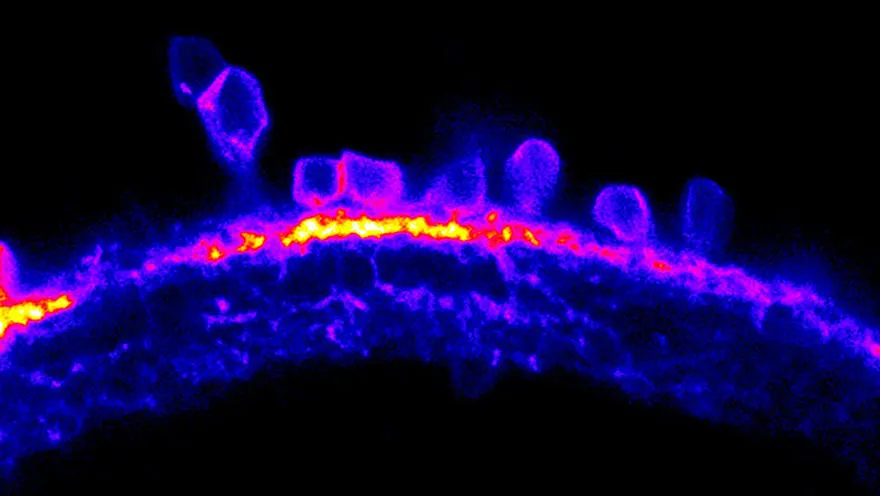Blood test to personalise depression treatment
Scientists at King’s College London have developed a blood test that accurately and reliably predicts whether depressed patients...
26 August 2016
Researchers from the Centre for Developmental Neurobiology at King’s College London have shed light on how we perceive and recognise specific visual stimuli.
Researchers from the Centre for Developmental Neurobiology at King’s College London have shed light on how we perceive and recognise specific visual stimuli.
Our visual system processes light stimuli to extract important information about the visual world, such as movement, orientation and colour.
Dr Robert Hindges, Centre of Developmental Neurobiology at the Institute of Psychiatry, Psychology & Neuroscience (IoPPN)
The first steps in visual processing take place in the retina, which is a thin layer of tissue at the back of the eye containing more than 70 distinct types of nerve cells.
Our visual system processes light stimuli to extract important information about the visual world, such as movement, orientation and colour. This information is processed at the cellular level before being transmitted via the optic nerve to the brain, where a visual image is formed.
Although some of the visual circuits underlying this image processing have been identified in previous research, this study in Current Biology is the first to reveal the cellular and molecular building blocks in the retina which enable us to detect oriented visual stimuli, a feature of visual perception described as ‘orientation selectivity’.

Orientation selectivity is known to be important for various perceptual processes, including whether something is horizontal or vertical, which in humans is crucial for recognising faces.
Dr Robert Hindges, senior author from the Centre for Developmental Neurobiology at King’s, said: ‘For almost 20 years I’ve been studying topography – that is, how we see what is up and what is down, what is left and what is right. Today we are focusing on the investigation of visual processing in much more detail with the aid of zebrafish studies.
Our new research indicates that specifically shaped cells in the retina are activated when visual stimuli are horizontal, and other cells fire when they are vertical.’
He added: ‘We finally get closer to understanding how different visual signals are shaped already in the retina before being transmitted to the brain.’